The Future of Smart Home Technology: Top ten new trends in 2025
The core of the future smart home will be people-oriented design. Whether its voice control, the seamless connection of Internet of Things devices, or the widespread use of robotic assistants, all of these technologies aim to make life more convenient, safe, healthy and environmentally friendly.
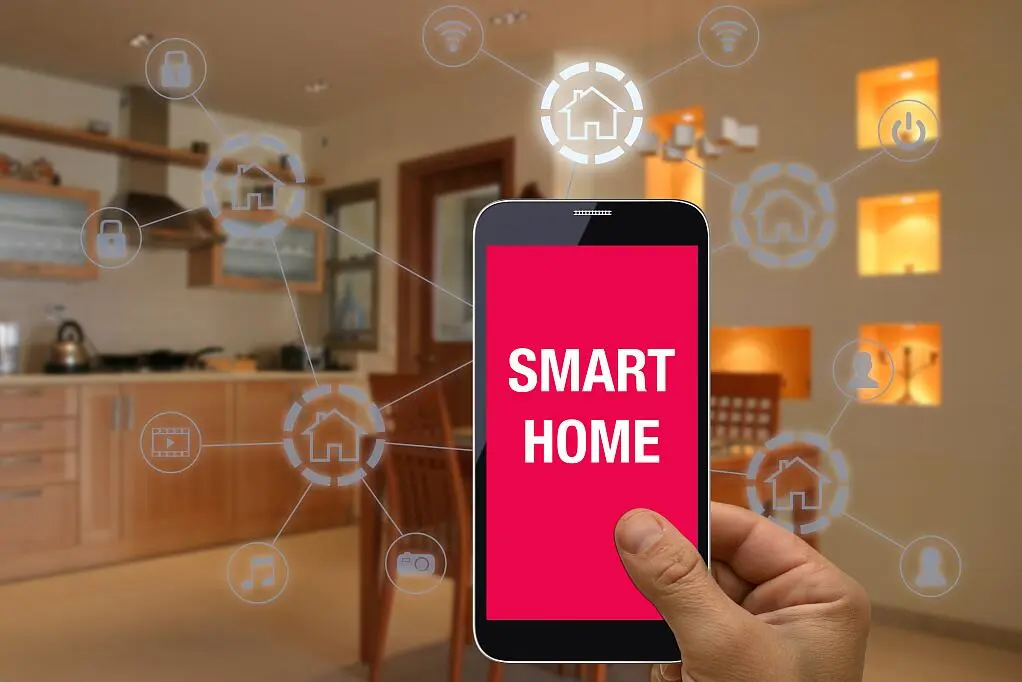
In recent years, smart home technology has made significant progress, revolutionizing the way we interact with our living space. Looking ahead to 2025, a series of exciting innovations that will make our home life smarter, smarter, and more responsive to personalized needs.
Today, we will discuss the innovative technology trends that will lead the future development of smart home.
Trend 1: Voice-control technology is becoming smarter
Voice assistants such as Amazon Alexa, Google Assistant (Google Assistant) and Apples Siri have become everyday tools for many families. By 2025, we can see these artificial intelligence (AI) assistants becoming more intelligent and comprehensive:
· Natural language processing (NLP) advances: future voice assistants will be able to interact more naturally, not to simple imperative conversations, but to understand more complex and multi-step requests. The communication between users and the voice assistant will be closer to the dialogue between people, reducing operational obstacles.
· Better context awareness: The voice assistant can not only handle single tasks, but also understand and process multistep commands through contextual information. For example, when the user asks to dim the lights, the assistant is able to understand that this may be preparing to watch a movie and automatically adjust other devices in the home, such as closing the curtains or adjusting the air conditioning temperature.
· More accurate speech recognition: The voice assistant of the future will have stronger voice recognition functions, which can recognize the voices of different family members and thus provide personalized services. For example, the assistant can judge whether the parent or the child is talking based on the voice, and configure the corresponding operation plan according to different users.
· Broader device integration: The 2025 smart home will achieve more device connectivity, from kitchen appliances to bedroom furniture, and the voice assistant will serve as the core control platform for devices in the home, allowing users to manage the entire home system through voice commands.
These technological advances will push the smart home from simple directive interaction to more natural conversational interaction, greatly improving the user experience.
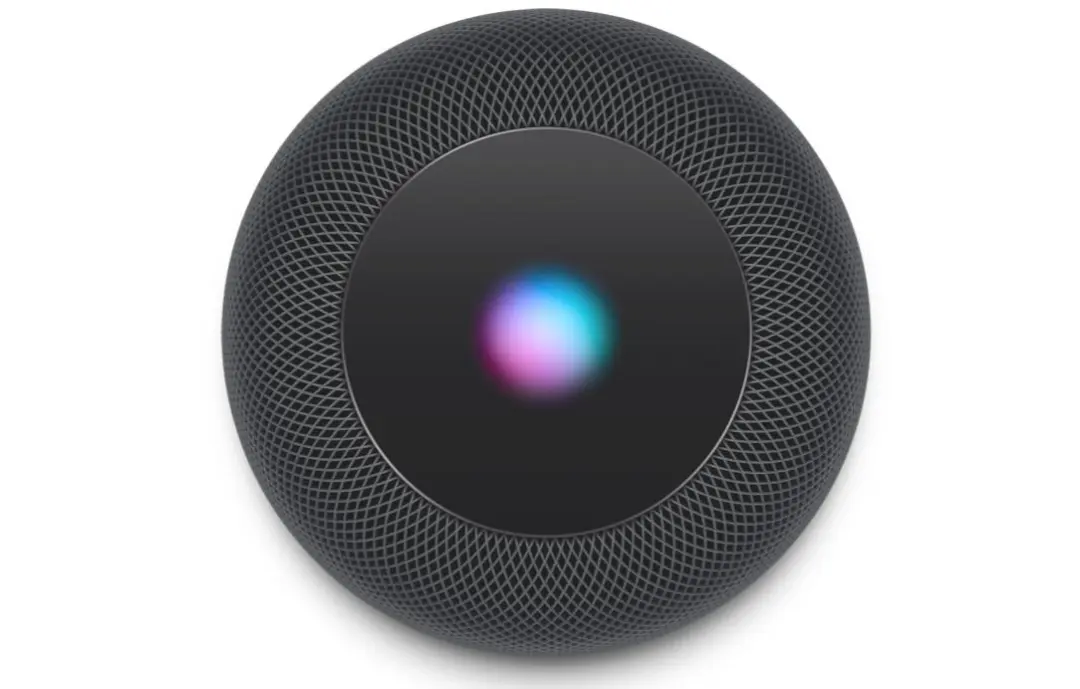
Trend 2: The continued expansion of the Internet of Things
The Internet of Things (IoT) is a network of connected devices that can communicate with each other and share data. In the smart home, this ecosystem is expanding rapidly and will continue to penetrate into all aspects of family life in the next few years:
· The intelligence of daily items: not only electronic equipment, more and more daily household items, such as furniture and kitchen appliances, will have intelligent functions. For example, a smart refrigerator can automatically track the shelf life of food and generate a shopping list, and smart furniture can adjust the comfort level according to the users sitting position to improve the convenience and comfort of daily life.
· Interoperability between different brands of devices: At present, compatibility issues between different brands of smart devices often bother users. However, in the next few years, we will see more enhanced interoperability between devices. devices from different manufacturers will be able to cooperate seamlessly with users without having to worry about compatibility.
· Data analysis provides actionable insights: The vast amount of data collected by iot devices will be translated into actionable insights into home operations through AI analysis. For example, the system can suggest the best way to use energy based on the users habits, or remind you when appliances need to be maintained.
· Higher energy efficiency: With smart power management for Internet of Things devices, homes can significantly improve energy efficiency. Smart electricity meters and smart electrical appliances will optimize energy consumption according to energy prices and user needs, reduce waste, and achieve energy conservation and emission reduction.
The continued expansion of the Internet of Things technology will move the smart home from an isolated combination of devices to a true "whole-house intelligence", making home life more connected and efficient.
Trend 3: An AI-led home management system
Artificial intelligence will become the core role in the future smart home system, not only to provide automation services, but also to fully coordinate all kinds of intelligent systems of the home, to achieve personalized, automated and predictable home management.
· Predictive maintenance: The AI will predict possible failures of the device by analyzing the daily use data of the home device. For example, the AI system of a washing machine can provide maintenance reminders before parts wear or performance decline to avoid accidental damage.
· Automated energy optimization: AI can automatically adjust the use of energy according to users daily habits and preferences. For example, the system can automatically adjust the working condition of air conditioning, heating and other equipment according to the external temperature and the users itinerary, to ensure comfort while maximizing energy saving.
· Personalized comfort Settings: the future smart home system will be able to provide personalized environment adjustment services according to the preferences of each family member, including temperature, light, sound and other aspects. For example, AI can automatically remember the users habits and adjust the brightness of the room or the volume of the sound at a certain time.
· Intelligent security system: Artificial intelligence-driven security system can not only monitor activities in the home, but also identify abnormal conditions and distinguish between normal and suspicious behavior. For example, the system can detect abnormalities in daily activities, such as strangers approaching the door or abnormal movement patterns, and issue timely alarms.
Artificial intelligence will make smart home systems more active and intelligent, not just execute commands, but to provide predictive and personalized services based on the actual situation.
Trend 4: Advanced display technology
The development of display technology will revolutionize the way we interact with information in the coming years. By 2025, display devices will not only be more intelligent, but also be more flexible and beautiful into the home environment.
· Transparent OLED screen: Transparent OLED display technology will enable the screen to be embedded in Windows, mirrors and other household items, without occupying additional space while providing the required information display function. For example, users can view weather forecasts or schedules through a mirror without requiring additional display equipment.
· Holographic display: Holographic display technology will make the visualization of 3 D data and content more vivid and intuitive. In home entertainment or design, the holographic display can provide an immersive viewing experience, and can even be used for a 3D model preview of interior design.
· Augmented reality (AR) superposition: With AR technology, users can stack virtual information in real-world scenes through augmented reality glasses or mobile phones. For example, users can see the virtual layout of the furniture at home, or the instructions and maintenance suggestions for the appliances through their mobile phones.
· Flexible and curling screens: The displays of the future will be more flexible and can be curled or hidden, saving space when users dont need it. For example, the display in the home can be rolled up and hidden inside the furniture, and is only visible when needed.
These advanced display technologies will change the way the information is presented in the home, making the information display more seamless and natural, while reducing the use of space by the devices.
Trend 5: Enhanced home health solutions

An important direction of smart home technology is health and well-being. Especially with the advent of an aging society, smart home will play an increasingly important role in health management.
· Remote patient monitoring: Through smart sensors, doctors and caregivers can remotely monitor their health status, especially those with chronic diseases, to provide more timely care advice. Smart devices at home can detect health data such as blood pressure and heart rate in real time and automatically transmit them to doctors, reducing the frequency of patients going to the hospital.
· AI-driven fall detection and emergency response: Falls are a serious safety hazard for the elderly. Future smart home systems will be able to use AI technology to detect behavioral abnormalities in family members, such as falls, and automatically signal help to families or emergency services.
· Health assessment: The smart mirror will have basic health detection functions, such as facial recognition technology to analyze skin conditions, eyes, lips and other areas to give health advice, and even remind users whether they need to replenish water or have certain physical examinations.
· Air quality monitoring and purification system: With the aggravation of air pollution problem, household air quality has become the focus of peoples attention. Smart home systems will be able to monitor harmful substances in the air in real time and process them with automated air purification equipment to ensure fresh and healthy indoor air.
The improvement of family health solutions will not only focus on the health needs of the sick and the elderly, but also provide more health management services in daily life to improve the quality of life of their families.
Trend 6: Sustainable and energy-efficient home furnishings
With the increasing global focus on environmental issues, an important development trend in smart home technology is sustainability and energy-saving design. By 2025, the smart home system will further improve the optimal management of resources to make households more environmentally friendly and efficient.
· Advanced energy management systems: Energy management systems in the smart home will become more intelligent and automated. These systems will automatically adjust the working hours of the appliances by analyzing the homes electricity demand and energy supply. For example, high-power equipment such as washing machines and dryers can be arranged to operate during low peaks based on electricity price fluctuations, thus reducing energy costs and carbon footprint.
· Integration with renewable energy: In the future, smart homes will be closely integrated with renewable energy systems, especially for solar and wind power. Households can install solar panels or micro-wind power devices, and automatically manage power generation and energy storage through smart systems. Energy management systems in the home can store excess energy in batteries, or share it with the grid, based on real-time demand and weather conditions.
· Smart Water Management: With the increasing shortage of water resources, smart home technologies will play an important role in water conservation and water management. Smart water meters in the future will be able to detect leaks and send alarms in time to avoid water waste. In addition, the system can optimize the time to water plants or lawns according to household water habits and weather conditions to reduce unnecessary water consumption.
· Automated waste recycling system: Waste sorting and recycling will become more intelligent and convenient. Smart home systems can be equipped with automated waste sorting equipment that can automatically identify and treat different types of waste, and can even help users sort and store recyclable materials, thus reducing the negative impact on the environment.
With these technologies, households will be able to manage their energy and resources more efficiently, not only reducing the cost of living, but also contributing to environmental protection.
Trend 7: Privacy and security enhancement
As smart homes collect and process more and more data, protecting user privacy and security has become a key issue for future technological development. By 2025, smart home systems will significantly enhance their capabilities in data security and privacy protection to address increasingly complex cyber threats.
· Enhanced encryption and security protocols: Smart home devices will use more sophisticated encryption technologies to ensure secure data transmission between home networks and devices. For example, all devices connected to home Wi-Fi networks will use powerful encryption algorithms to prevent hacking and data leaks. In addition, communication between smart devices will also be secure through multiple authentication mechanisms.
· More detailed data sharing control: Users will be able to exercise more detailed control over the data in smart home devices, deciding which data can be shared with third parties and which data should be completely confidential. Future smart home platforms will allow users to freely set the privacy level of each device through a simple and intuitive interface, with even the option to automatically delete historical data collected by the device.
· Wide application of biometrics technology: In order to further protect home safety, biometrics technology will be widely used in smart homes. In the future, users will be able to access sensitive home systems, such as home security systems or financial management systems, through fingerprint, facial recognition, and sound recognition, to ensure that only authorized personnel can control key equipment.
· AI-driven threat detection: Artificial intelligence will become an important part of smart home security systems in the future. The AI will be able to monitor network activity between devices, automatically detect potential cyber attacks or unusual behavior, and proactively prevent them before the threat occurs. For example, the system can detect abnormal behavior of an unfamiliar device trying to connect to a home network or device and automatically take action.

Privacy and security are important issues in the development of smart home in the future. Only by ensuring the data security of users can smart home win wide trust and a wider range of applications.
Trend 8: the rise of smart textiles
Smart textiles are an emerging field that involves embedding sensors, microelectronics, and other technologies into fabrics to enable new functions and applications. By 2025, the textiles in the smart home will not just be ornaments or furniture materials, they will become an important part of improving the living experience.
· Smart Carpet: Smart carpet can detect the gait and behavior patterns of family members and even determine whether an accidental fall has occurred. For example, if an elderly person falls on a carpet, the system immediately issues an alert to the family or medical services. In addition, such carpets can also monitor the users health status through gait analysis, such as identifying gait abnormalities to indicate potential health problems.
· Self-cleaning textiles: New textiles will have a self-cleaning function, which can automatically repel stains and odors and reduce the frequency of cleaning. For example, home textiles such as sofas and curtains can be kept clean for a long time through special nano coatings, and even automatically decompose harmful substances after contact with stains, keeping the indoor environment fresh and tidy.
· Temperature regulation of bedding: In order to improve sleep quality, the future of bedding will have a temperature regulation function. This kind of smart textile can automatically adjust the temperature of the bedding according to the environmental temperature and the users body temperature, so as to provide users with a more comfortable sleeping environment. Especially in the cold winter, this kind of bedding can be heated before the user enters the bed to ensure the best sleep experience.
· Energy collection textiles: In the future, textiles will also be able to collect and store energy. For example, through embedded tiny solar cells or kinetic energy collection devices, textiles can convert light or motion energy to electricity to be used to power small electronic devices. Such technology will make ordinary objects in everyday life more functional.
Smart textiles will not only be home decoration materials, but also become a part of home life, providing diverse functions such as comfort, convenience and health management.
Trend 9: Robot assistant and automation
With the continuous progress of robotics technology, the physical robots in the future will undertake more daily tasks in the family. By 2025, robot assistants will play an even more important role in the smart home, not just simple household cleaning tools, but also will be able to help users in various ways.
· Advanced cleaning robots: Cleaning robots of the future will have stronger navigation and object recognition capabilities, and can easily cope with complex home environments. Robots can use AI technology to automatically identify obstacles and intelligently plan clean routes to ensure that every corner is cleaned in place. In addition, the robot is also able to identify different types of stains and choose suitable cleaning methods to further improve the cleaning efficiency.
· Kitchen robot assistant: The kitchen will become the key scene of robot application in the future smart home. The robot assistant can assist users in completing the whole process from food preparation to cooking. For example, robots can automatically cut vegetables, season them, and even operate kitchen utensils for cooking, greatly reducing the amount of work done in the kitchen. For busy modern families, this intelligent kitchen assistant will greatly improve cooking efficiency.
· Personal care robots: For the elderly or people with disabilities, the future of personal care robots will provide important help. The robot can assist users with some basic activities in their daily life, such as bathing, dressing, eating, etc., to help them maintain the ability to live independently. At the same time, the robots can also monitor the users physical condition through sensors and provide timely health advice or emergency assistance.
· Modular robot: Modular robot is a robot that can self-configure according to the task requirements. For example, during home cleaning, the robot can switch to vacuuming mode, while it can be reconfigured as a handling tool when it needs to be carried. This flexible design will greatly expand the application scenarios of the robot and further enhance its practicality.
As robot technology matures, robot assistant will become an indispensable part of the smart home system, undertaking more tedious housework and providing personalized help for family members.
Trend 10: Seamless integration with the vehicle
With the popularity of electric vehicles and autonomous vehicles, smart homes will be more closely integrated with vehicles in the future. The deep integration of smart home and vehicle is not limited to charging management and preset comfort environment, but also covers more interactive scenes and functions, so as to improve the overall user experience and convenience of life.
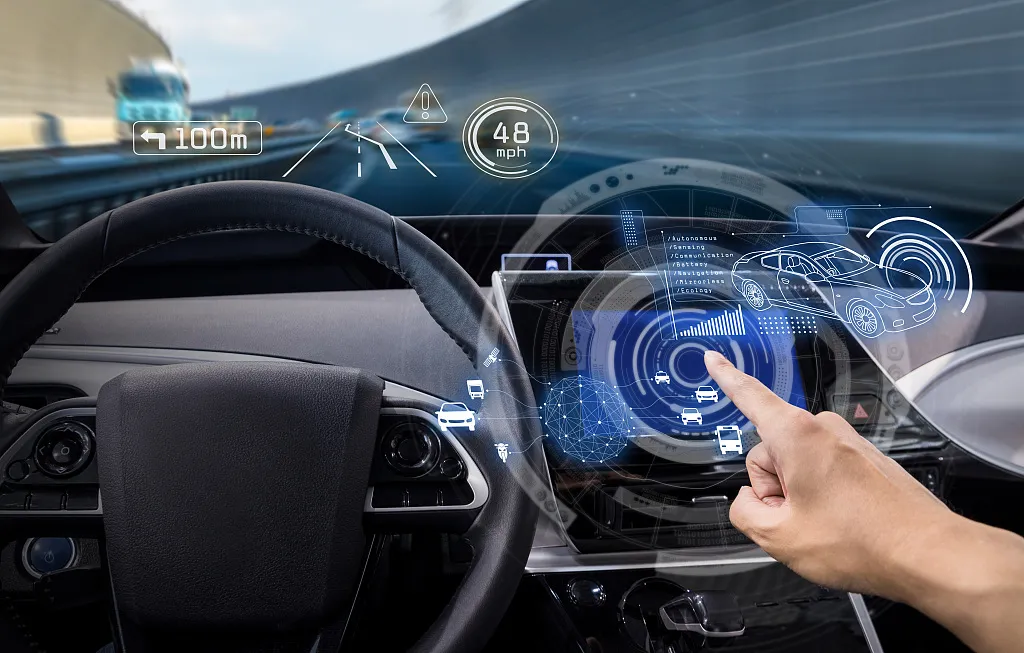
· Automatic charging scheduling: In the future, smart home systems will be able to automatically dispatch and charge electric vehicles based on power usage and electricity price fluctuations. For example, when household electricity consumption is low, the system automatically starts charging, while suspending charging when electricity prices are high to optimize energy consumption.
· Pre-adjust the comfortable environment of the vehicle: The smart home system can automatically adjust the temperature and seat Settings of the vehicle before the user leaves to ensure the comfortable experience when the user enters the car.
· Synchronization of entertainment and work content: As autonomous driving technology matures, the interior will gradually become an extended space for entertainment and work. The smart home system can automatically synchronize the movies and TV plays, music or work documents that users watch at home into the entertainment system inside the vehicle, so that users can maintain continuous content experience during driving. For example, a movie watched at home can continue to play after getting in the car, or a user can process unfinished work files at home through a display screen in the car.
· Using vehicle batteries as backup power for homes: In the future, batteries for electric cars will not only be used for driving, but also as backup power for smart homes. In case of grid interruption or emergency, the home system can use the batteries of electric vehicles to power the equipment in the home, ensuring that important home appliances, such as refrigerators, lighting and security systems, can operate continuously. This two-way charging technology can greatly improve the emergency response capacity of the home and increase the flexibility of energy use.
· Deep interaction between autonomous vehicles and smart homes: Advances in autonomous driving technology will enable vehicles to seamlessly connect to the smart home. For example, when the user sets the departure time, the smart home system can communicate with the vehicle in advance to ensure that the vehicle automatically starts and is ready to meet the user at a given time. Vehicles can automatically plan travel routes according to the schedules of family members, and avoid congested roads through the intelligent transportation system, providing a more efficient travel experience.
Through these intelligent functions, the future smart home will not be limited to living space, but closely combined with all aspects of users life, forming a complete intelligent ecosystem.
look forward to the future
As we gradually move into 2025, smart home technology will continue to develop rapidly, promoting the change of lifestyle. From a more intelligent voice control system, extended Internet of Things devices, to the progress of AI-driven home management and display technology, the future smart home will be more intelligent, convenient, and close to the actual needs of users.
However, while many technologies are already in their infancy or preliminary application, it will take time for them to become universal globally. Especially in the promotion process of smart home, how to achieve the interconnection of different brands of equipment, how to ensure privacy and security, and how to make the system more easy to operate and maintain, will be the key points of future technological breakthroughs.
User friendliness, privacy security and real convenience to life will be the key to the success of future smart home systems. With the continuous progress of technology, smart home will not only add convenience to life, but also provide innovative solutions for many challenges facing the society, including the improvement of energy efficiency, the nursing needs of an aging society, and the telemedicine of medical services.
Impact of smart home technology on the elderly and special groups
In addition to providing convenience for young people and ordinary families, smart home technology will also have a profound impact on the lives of special groups such as the elderly and the disabled. By adding automated devices, health monitoring systems, and personalized services, smart homes can help these groups gain more independence and security in their daily lives.

· Telemedicine and health monitoring: Health monitoring devices in the smart home can track the users physical condition in real time, such as heart rate, blood pressure, sleep quality, etc. The data can be automatically sent to the users doctor or family members to help them with timely health information and avoid emergencies. In addition, the intelligent system can also provide customized health advice based on users health data to optimize the diet, exercise and lifestyle habits of the elderly.
· Automatic alarm function in emergency cases: For the elderly living alone, the emergency alarm system in the smart home is particularly important. For example, when the system detects a fall or an abnormal health condition at home, it can immediately alert the medical institutions or relatives to ensure that the elderly can be rescued in the first time.
· Automation equipment to improve the convenience of the elderly: for example, automatic curtains, electric door locks, voice control lighting system, etc., can let the elderly no longer have to carry out these daily operations. For users with mobility difficulties, the robot assistant can also provide assistance in daily life, such as taking items or reminding them to take medicine on time.
Advances in smart home technology provide a safe, comfortable and dignified lifestyle for the elderly and special groups, allowing them to continue to live independently in their homes and reduce their dependence on caregivers. This is also an important direction in the future development of smart home.
Epilogue
Looking ahead to 2025, the future of smart home is undoubtedly hopeful. With the continuous iteration of the technology, the smart home will no longer be just the choice of high-tech enthusiasts, but the standard configuration of every family. This will not only mean a higher quality of life, but also provide effective global solutions to a range of challenges such as energy, health care and aging.
The core of the future smart home will be people-oriented design. Whether its voice control, the seamless connection of Internet of Things devices, or the widespread use of robotic assistants, all of these technologies aim to make life more convenient, safe, healthy and environmentally friendly. As long as technology ensures a balance in privacy, data security and ease of use, smart homes will become rapidly available in the next few years and become an integral part of improving family life.
By 2025, smart home will not only be the crystallization of science and technology, but also become an important tool to improve the overall living standards of the society, promote sustainable development and cope with the challenges of globalization.
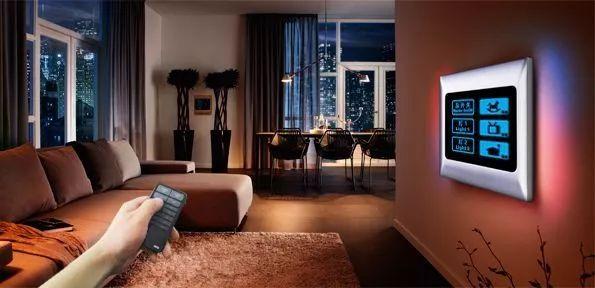 The smart home six systems hel
The smart home six systems hel
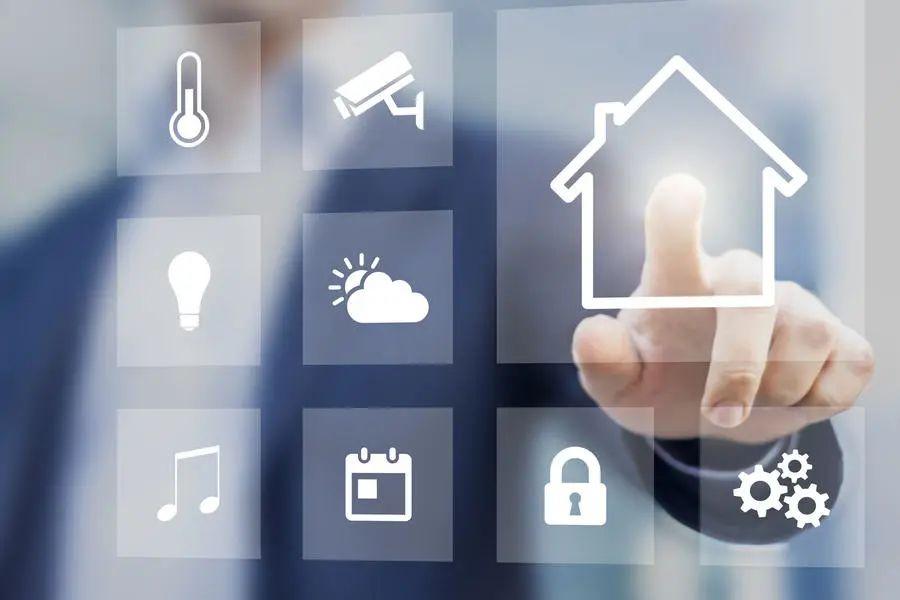 Panorama combing of the smart
Panorama combing of the smart
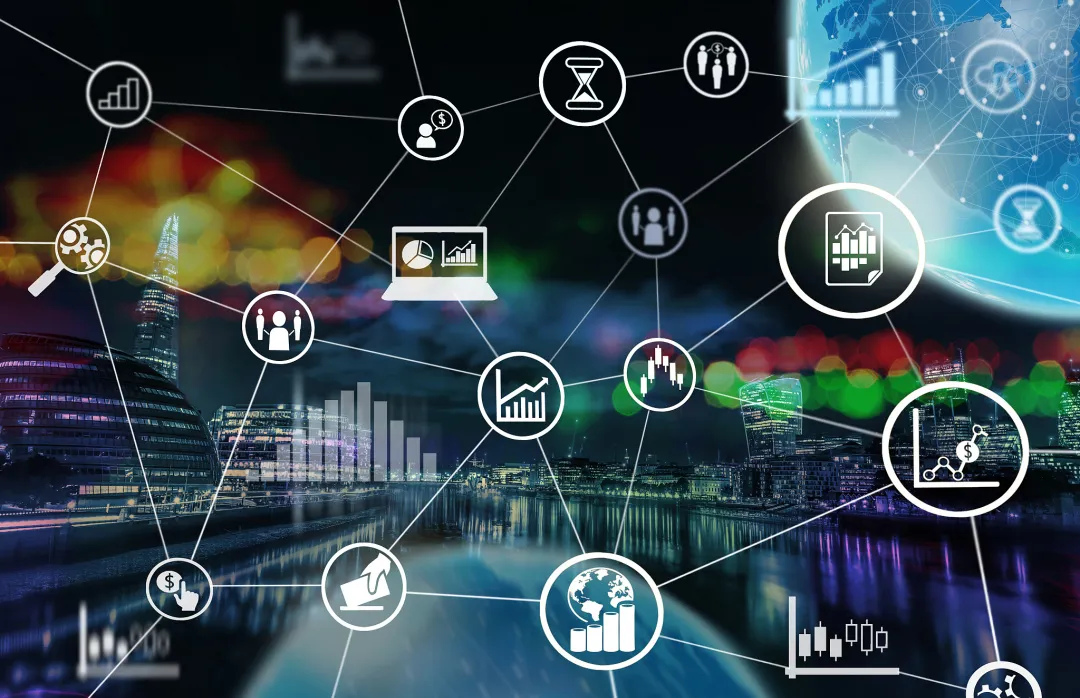 The Internet of Things: the bi
The Internet of Things: the bi
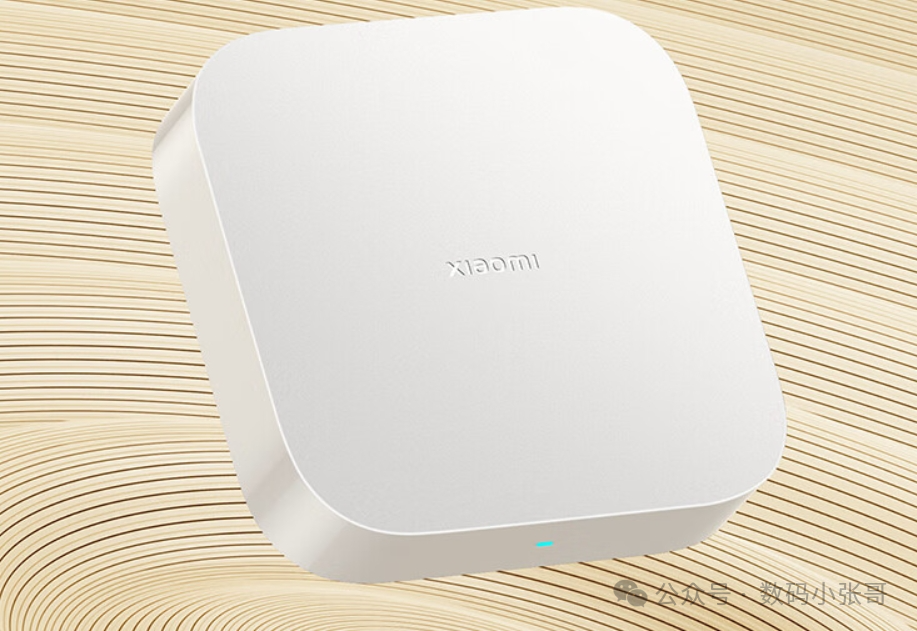 What is a smart gateway, and w
What is a smart gateway, and w
